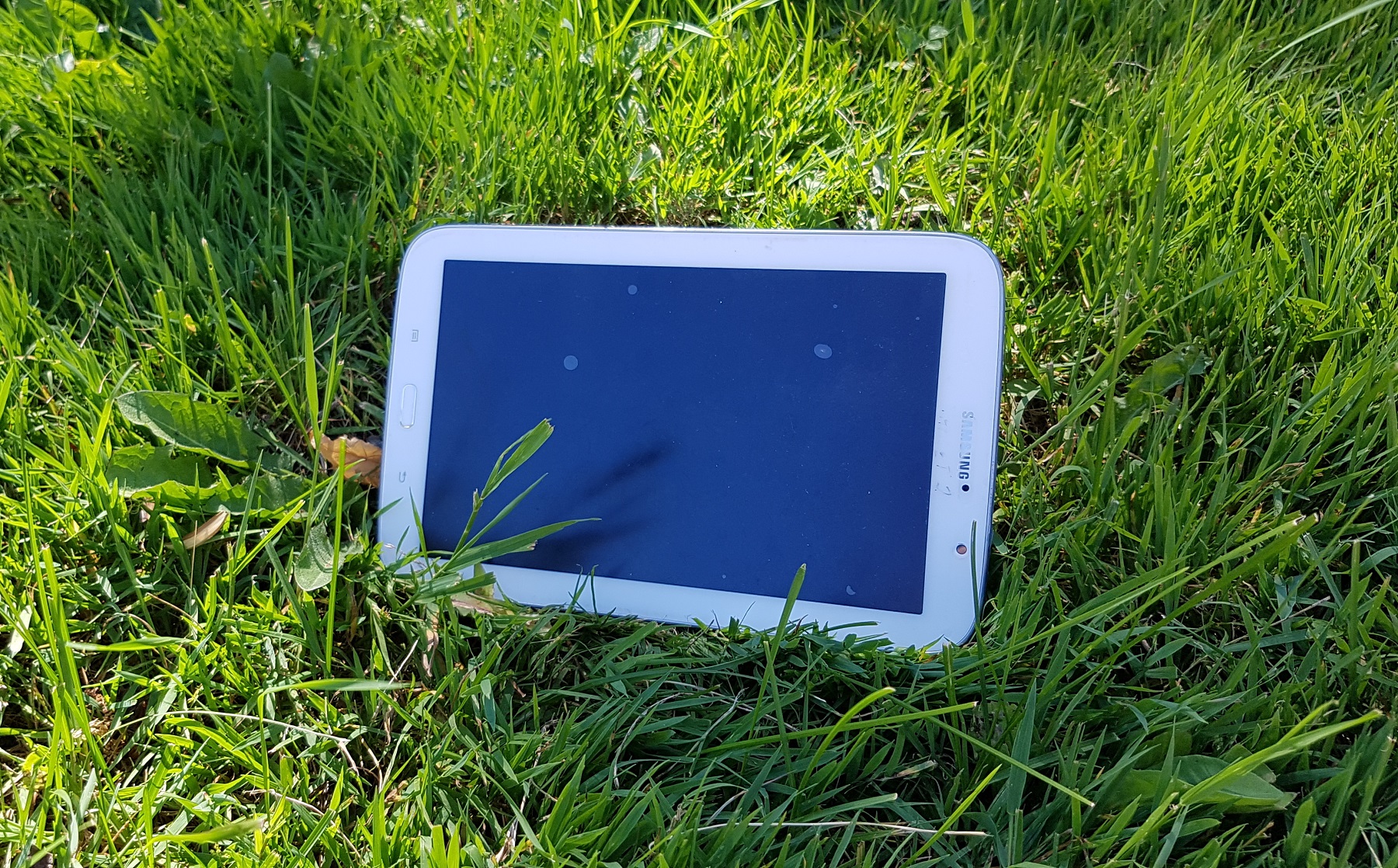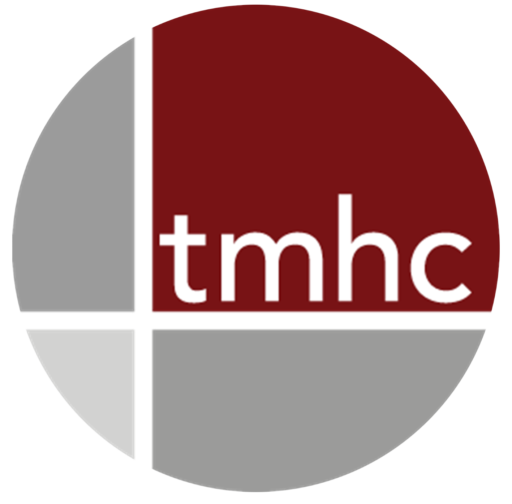Field to Table: Digital Archaeological Forms and Databases
Field data collection in archaeology, particularly in cultural resource management (CRM), has remained pretty static since we first started jotting field notes in books and filling out labels for bags of artifacts (e.g., the technology in Rite in the Rain notebooks goes back to the early 20th century). Recently however, with the increasing innovation of mobile technologies such as cellphones and tablets and an increasing competitive commercial marketplace, some archaeologists are looking to shift from analog and go digital, capitalizing on the potential for increased efficiencies.
TMHC has been designing and testing our own versions of field forms within an open-sourced platform and want to share some of what we’ve learned about this new form of data collection.
What Digital Data Collection Offers
The promise of digital field forms for CRM rests in several factors. While real-time digital information is a valuable tool for archaeological fieldwork, it also allows for easy, just-in-time sharing of information with clients and Indigenous or other Descendant communities.
From a practical side, digital data entry eliminates redundancies, and reduces transcription errors. It offers real-time office intake of remote field data, and enforces various degrees of consistency between users. Some pitfalls to also be aware of include ongoing maintenance, user compatibility and sufficient server-side networking capabilities.
Within current analog conventions, most archaeological data is initially recorded on paper products in the field, physically delivered to an office or lab and then transcribed into a digital format. Effectively, this means the same information is generated twice, once on paper and once digitally. By eliminating the paper step, archaeological data becomes ‘born-digital’. Using a form or table, all manner of project information can be created on a handheld device, including: timesheets, field notes, health & safety reports, even field artifact tags. This information is then refined via automated back-end database processes into end-user appropriate products.
For example, a Stage 3 archaeological assessment involves excavation of multiple units. Digital recording of these units includes their designation, stratigraphic information, whether artifacts or features are present, and required photographs. Back in the office, this data fills a site-wide database of units, prepopulating provenience information for artifact catalogues, keeping photos with their subjects (eliminating the need for a photo log), and providing easy to read stratigraphic representations. Various queries (e.g., artifact distributions) can then be applied to or created within the database to analyze and produce report-ready outcomes such as tables and graphs. This data is also attached to spatial data, which allows project maps to be updated on-the-fly.
Barriers to Accessibility
How much of your work flow that is converted to digital is up to you. It can be a simple as a spreadsheet on a tablet to integrated data systems with automated conversions. It doesn’t take a whole lot of technical know-how to enter data into a spreadsheet on a tablet. This is the most accessible end of a digital data collection spectrum. Start adding formulae or dropdowns of defined choices to your spreadsheet and you need a bit more savvy, but still not much. The leading edge is integrated data systems with automated conversions. This is where TMHC is currently innovating new tools and processes specific to the needs of archaeological data collection, interpretation and sharing of information.
Instead of a spreadsheet, field forms can include logic (questions that appear based on previous answers), conditional validation (data entered must conform to pre-ordained rules, such as: the maximum depth of a level must be greater than or equal to the minimum depth), and a wide variety of data types (such as photos or GPS coordinates). These responsive forms require more initial design work but result in fewer data entry errors and fewer inapplicable questions. This design can be undertaken in-house, as TMHC does, or it can be purchased as a predesigned product from a software development company.
One the benefits of doing this in-house is that the forms are capable of continuing adaptation. At TMHC we worked through multiple versions of the form before field testing and have made numerous modifications since based on user feedback. Because we have the necessary coding and server infrastructure skillsets, we are able to quickly adapt our forms to this feedback as new opportunities arise and the practice of archaeology changes. We are also able to design exactly the sorts of questions we need and not try to shoehorn pre-built questions into an archaeological frame.
Our testing of these forms is ongoing, but looking ahead, we believe it’s only a matter of time before digital forms attached to integrated data management structures are common tools on archaeological projects.
Interested in developing your own field form system and need some help? Contact TMHC for a consultation.

